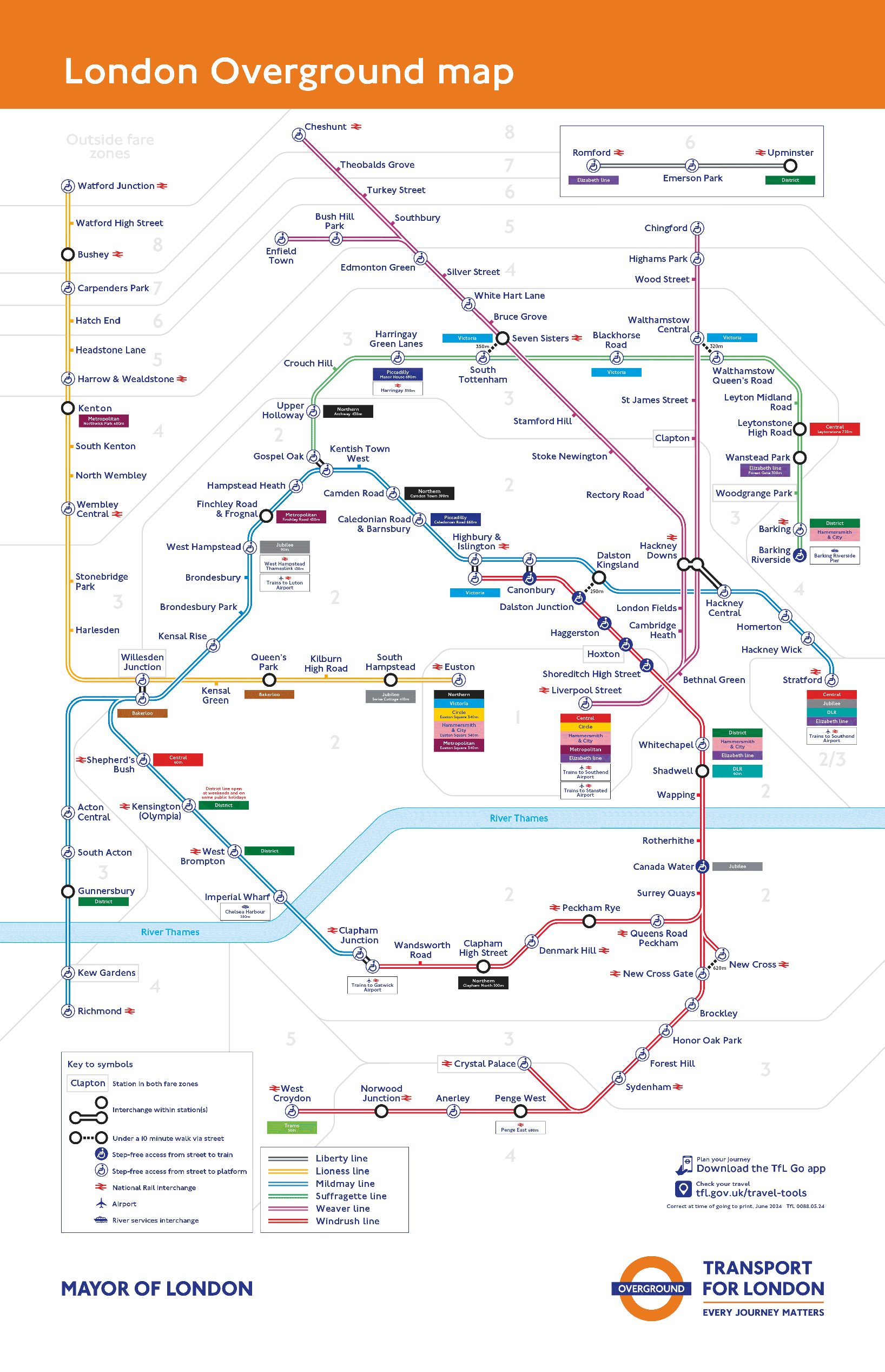muller877
Senior Member
[ I'm hoping John Tory's PC connections can help save the project, or that Trudeau steps up and funds the provincial and federal share] The tripartite funding is contingent on each partner contributing. Minus one leg, the table falls. In the event, the City's share is probably less than a third, but if QP decides not to support appropriation for that line, it ain't gonna happen. You are right though, the Waterfront line wasn't on any of the PC lists, even before Ford...("b-Ford"?)
I wonder if electrification will be the one item that can be dropped to initially save some money.
What are the benefits for EMU's over DMU's?
- acceleration is slightly better with EMU's (from zero to sixty for EMU's are about 50 seconds and DMU's are about 60 seconds). But not a huge difference. Advantage EMU
- higher capex for EMU infrastructure but higher opex for DMU's. Right now with our fiscal constraints... Advantage DMU
- pollution costs. No longer a factor
- Promises around Davenport. No longer a factor
- implementation speed. No need for the electrical wiring. Advantage DMU
My conclusion. The PC's will decide to proceed with RER/Smarttrack without electrification. Most voters (other than many who would never vote PC anyways) do not care how they get transit improvements...as long as they get them. By adding a few stops, laying a second or third track and buying some DMU's the PC's can deliver on their promise without spending the billions and billions needed for electrification.
They then can spread the federal money out over other transit priorities.
Then electrification can proceed on a more fiscally restrained scale on lines that have high volume without the grandiose scale and promises that the Liberals set out.
Which makes sense. Even London did not electrify all of the Overground all at once...only did so when it made economic sense (I recall that they did some more electrification about 5 years ago)













